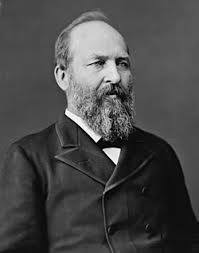
Introduction
The relationship between predators and their wild habitats is a critical aspect of ecological balance. Each species plays a significant role, maintaining the food web that sustains various ecosystems. As human activities continue to alter natural environments, understanding this dynamic becomes increasingly vital.
The Role of Predators
Predators are animals that hunt other organisms for food. They serve an essential function in ecosystems by controlling prey populations, which prevents overgrazing and maintains healthy vegetation. For instance, wolves in Yellowstone National Park have been observed to regulate the elk population, thus allowing vegetation to recover and supporting other wildlife.
Current Events
Recent studies and conservation efforts have shed light on the ongoing challenges that predators face in the wild. Habitat loss due to urbanization, deforestation, and climate change threatens their existence. In Canada, for example, the decline of certain predator species, such as the wolf and cougar, has raised concerns about the overpopulation of deer and the subsequent impact on plant life. This imbalance can lead to a cascade of negative effects throughout the ecosystem.
Conservation Efforts
Organizations and governments are working tirelessly to create and implement conservation programs aimed at protecting both predators and their habitats. Initiatives include establishing protected areas, reintroducing species to restore ecological balance, and fostering coexistence strategies with local communities. For instance, the Rewilding North America project focuses on restoring apex predators to their historical ranges, which can lead to improved biodiversity and healthier ecosystems.
Conclusion
The ongoing struggle between predators and the wild emphasizes the fragile balance of nature. Current conservation efforts are imperative to ensuring the survival of these vital species and the ecosystems they inhabit. As climate change and human encroachment continue to challenge wildlife, understanding the intricate interactions between predators and their environment becomes essential for fostering a sustainable future. Regular engagement and education on these topics are essential for raising public awareness and encouraging protective measures for wildlife.



